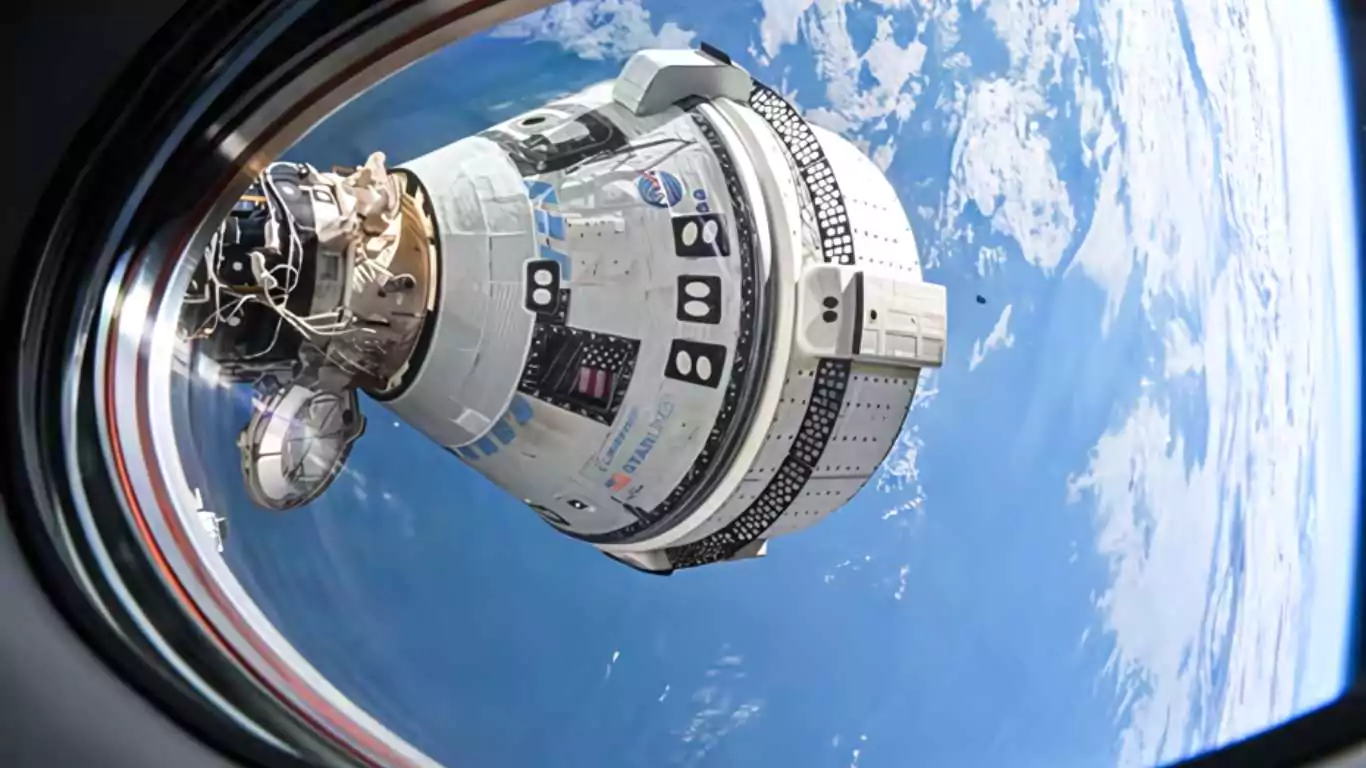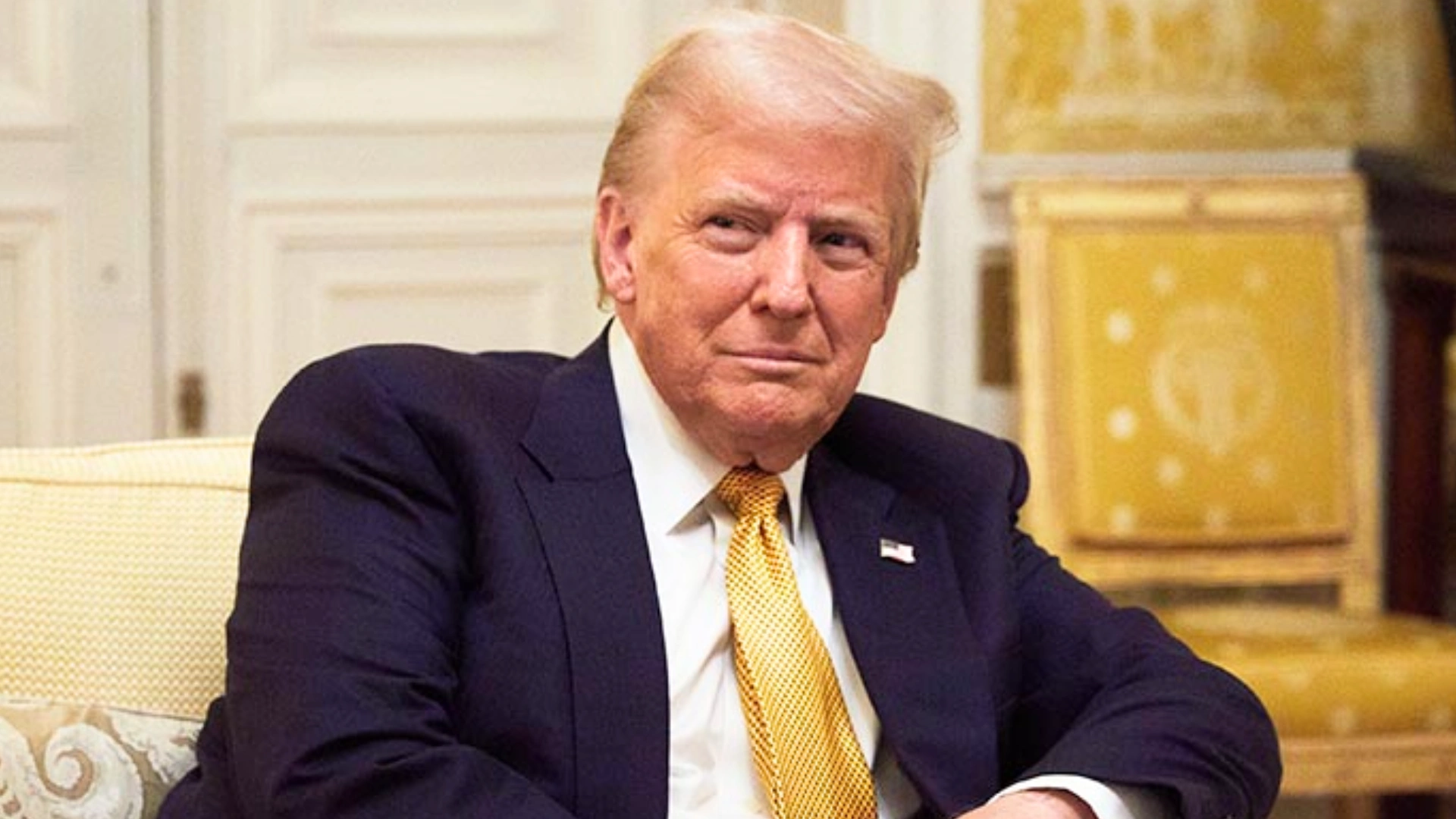NASA has chosen Elon Musk’s SpaceX to bring back astronauts Sunita Williams and Barry Wilmore from the International Space Station (ISS) early next year. This decision follows a series of technical difficulties with Boeing’s Starliner, which had initially transported the astronauts to the ISS.
Extended mission
The two astronauts, who arrived at the ISS aboard Boeing’s Starliner capsule 80 days ago for what was supposed to be an 8-day mission, have been forced to extend their stay due to critical issues with the spacecraft. The mission, which was intended to be a short-term visit, has now turned into an extended eight-month orbit, with the astronauts expected to return to Earth in February next year.
NASA Administrator Bill Nelson explained the agency’s rationale behind the decision, stating that Starliner’s propulsion system presented too many risks to safely carry its first crew back to Earth. “Starliner’s propulsion system is too risky to carry its first crew home,” Nelson emphasized. Instead, the Starliner will be undocked from the ISS and sent back to Earth without any crew on board, attempting to complete the return as it would have with astronauts aboard.
Setback for Boeing’s Starliner program
This development marks a significant setback for Boeing’s Starliner program, which has faced numerous challenges and delays since its inception. The mission was seen as a critical test for the Starliner capsule, which has been plagued by years of development problems and over $1.6 billion in budget overruns since 2016. Boeing had hoped that this mission would help redeem the program, but the latest issues have only added to the company’s difficulties.
Nelson disclosed that he had discussed NASA’s decision with Boeing’s new CEO, Kelly Ortberg, signaling the gravity of the situation for Boeing. The choice to rely on SpaceX, Boeing’s chief competitor in the space industry, underscores the ongoing challenges facing the Starliner program.
SpaceX’s Crew-9 mission
SpaceX’s Crew-9 mission, which is set to launch in late September, will now include the task of bringing Williams and Wilmore back to Earth. Originally planned to carry four passengers, the mission will now transport only two astronauts. The Crew Dragon spacecraft will remain docked at the ISS until February, when it will return to Earth with its own crew members along with the two stranded astronauts.
The situation began when Williams and Wilmore, both experienced NASA astronauts and former military test pilots, became the first crew to ride Starliner to the ISS on June 5. However, within the first 24 hours of their flight, the Starliner encountered multiple glitches, including the failure of five out of its 28 thrusters and several helium leaks, which pressurize the thrusters. These issues triggered months of delays and left the astronauts stranded on the ISS.
Boeing works intensively
Since the Starliner docked with the ISS, Boeing has been working intensively to identify the root causes of the propulsion system’s failures and the helium leaks. The company conducted extensive tests and simulations on Earth, aiming to convince NASA officials that the spacecraft was safe for the return journey. However, the results of these tests raised further engineering concerns, ultimately leading NASA to conclude that Starliner was not ready to safely transport its crew back to Earth.
As SpaceX prepares for the Crew-9 mission, Boeing faces the challenge of addressing the technical issues that have marred the Starliner program. The decision to use SpaceX’s Crew Dragon for the return mission highlights the reliability and success that SpaceX has achieved in its partnership with NASA.
For Williams and Wilmore, the unexpected extension of their mission has been a test of endurance and adaptability. As they prepare to return to Earth in February aboard SpaceX’s spacecraft, NASA and the space industry will be closely watching to see how Boeing navigates the ongoing challenges with the Starliner program.


















